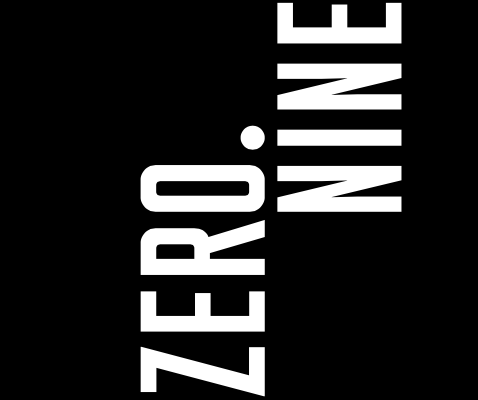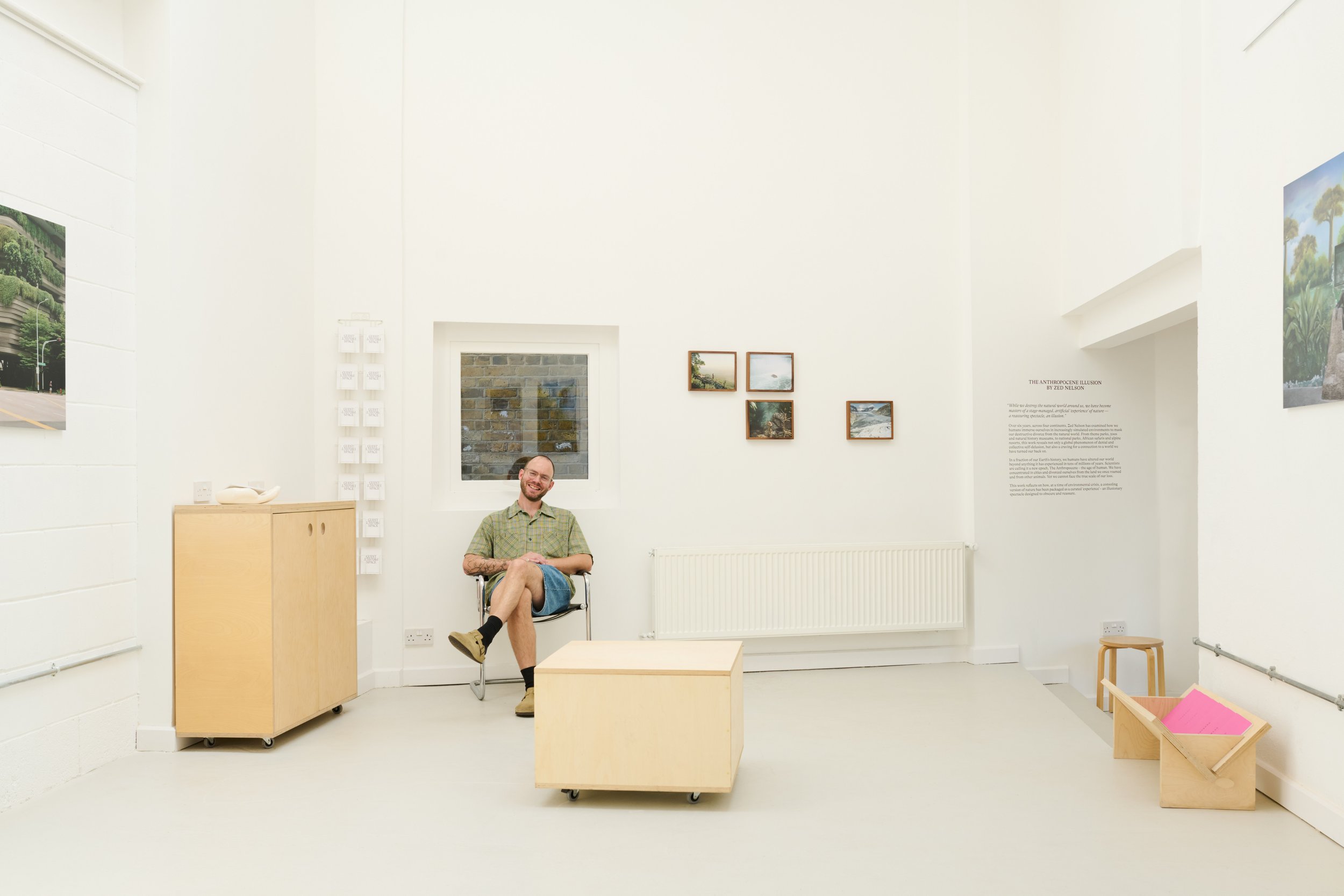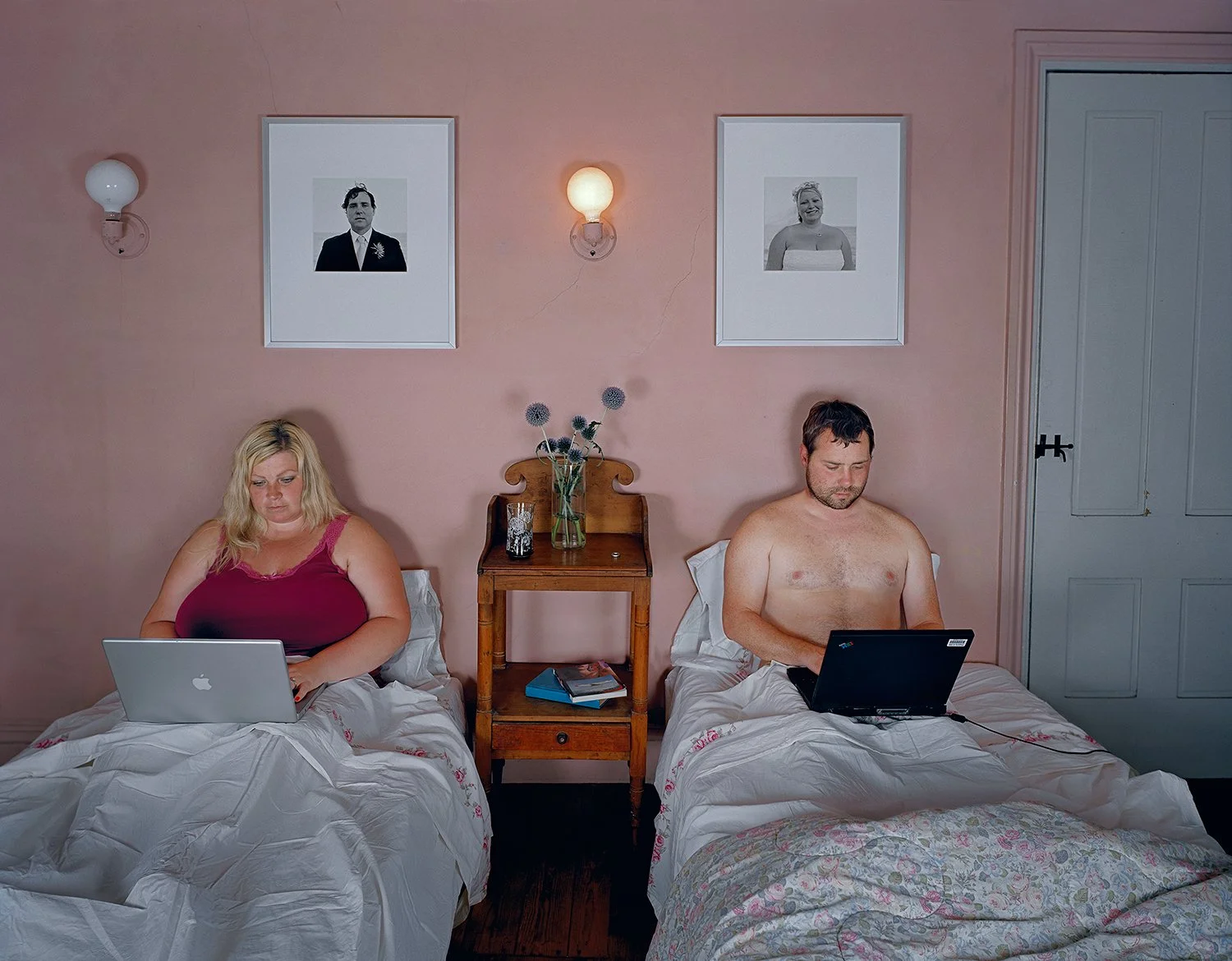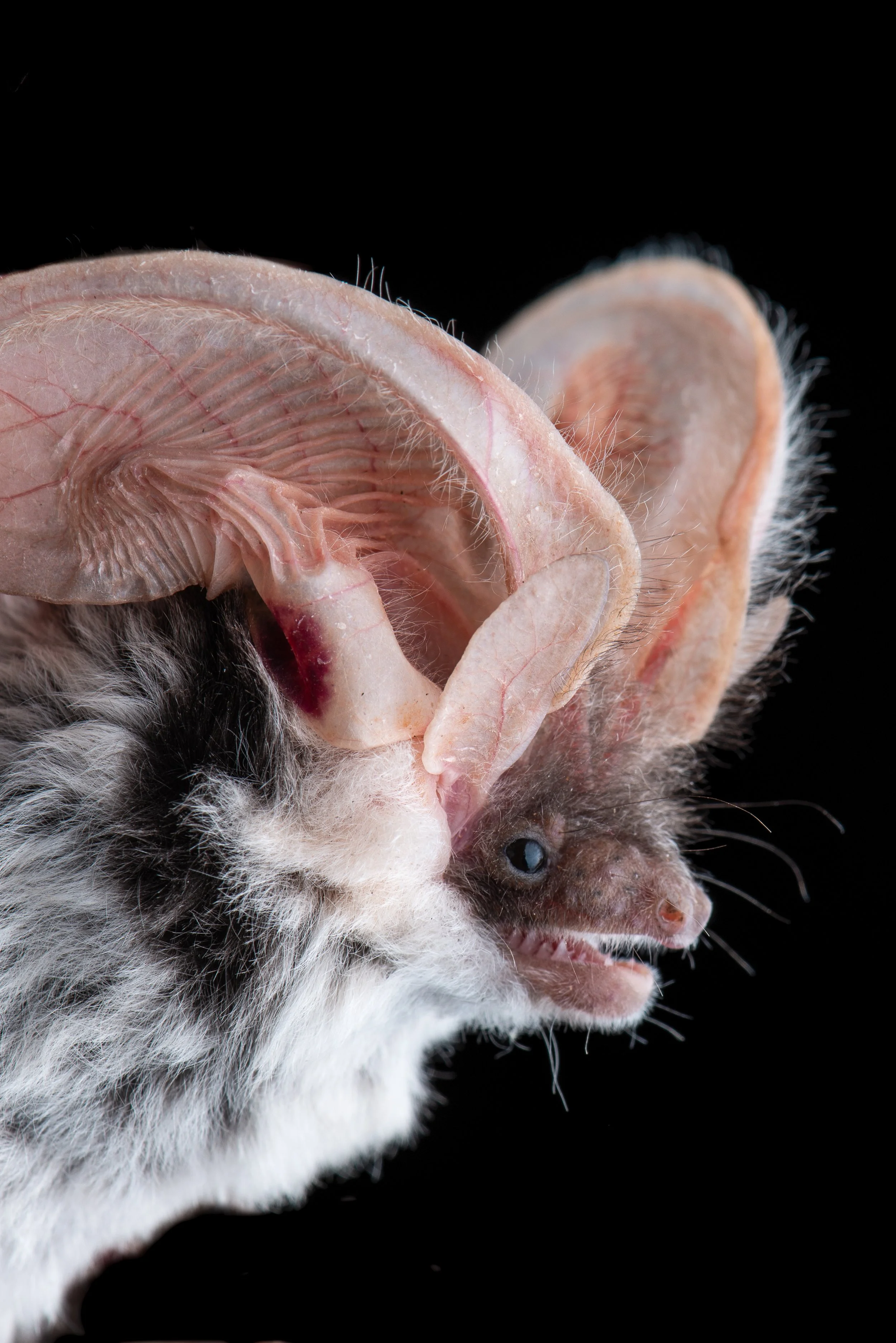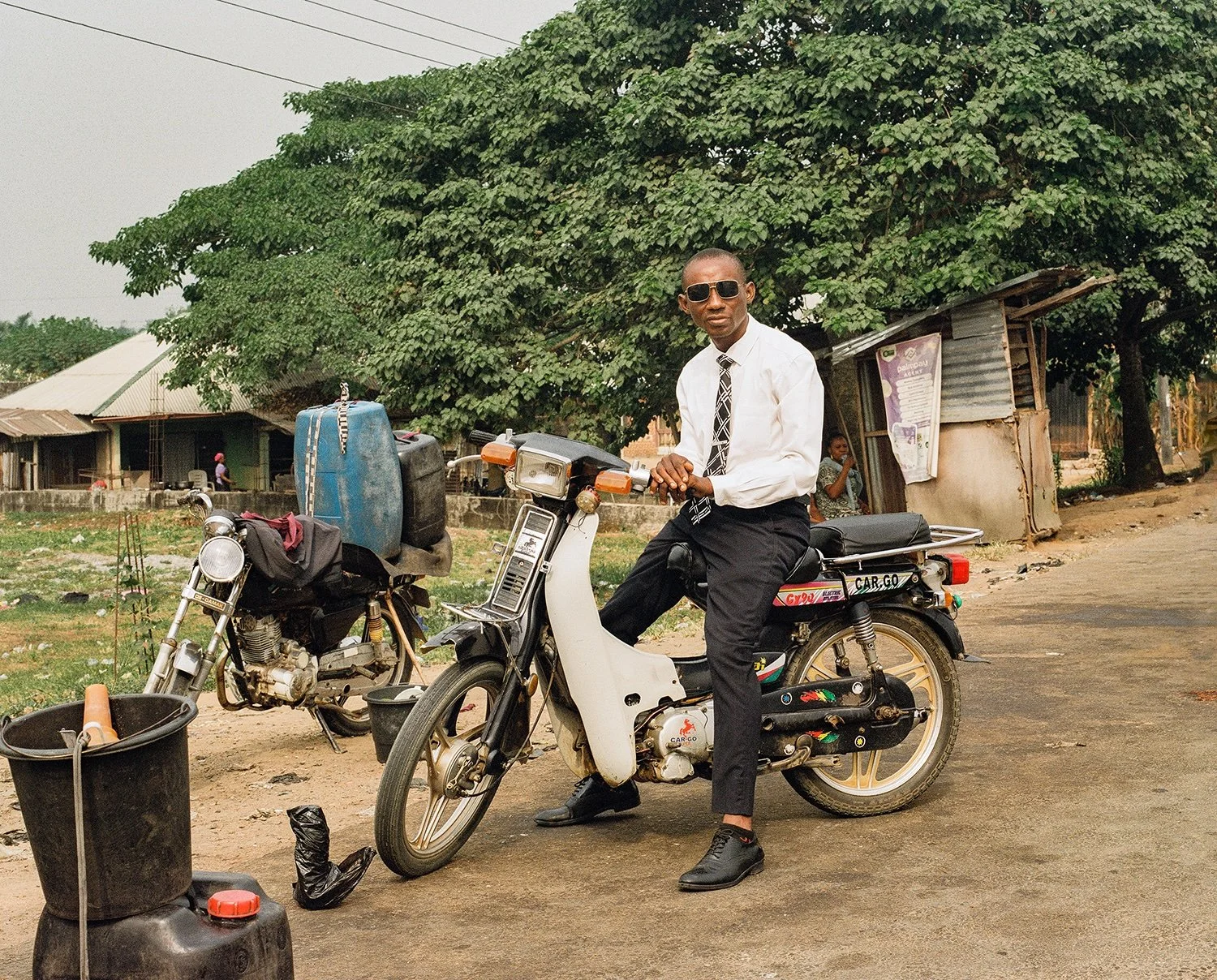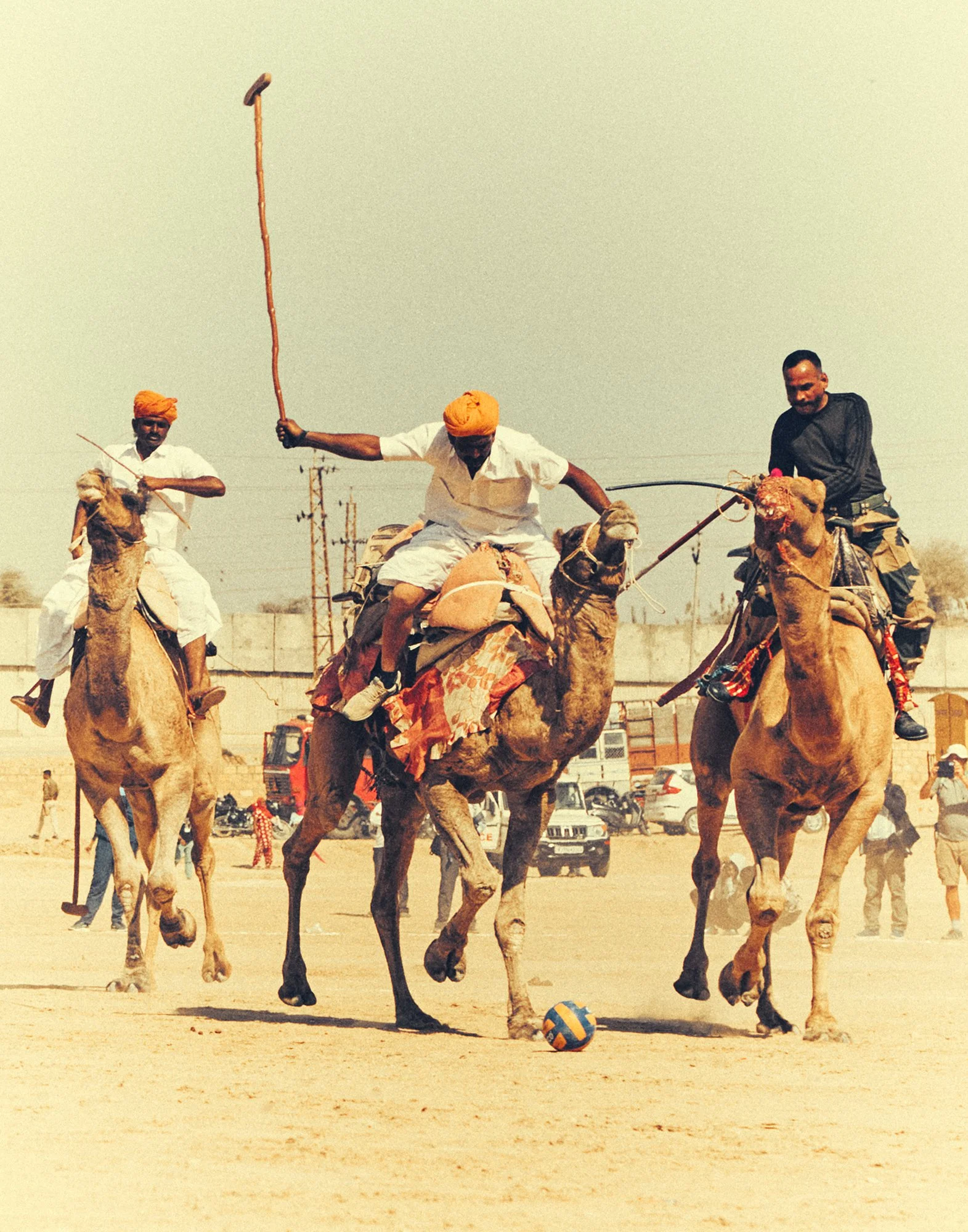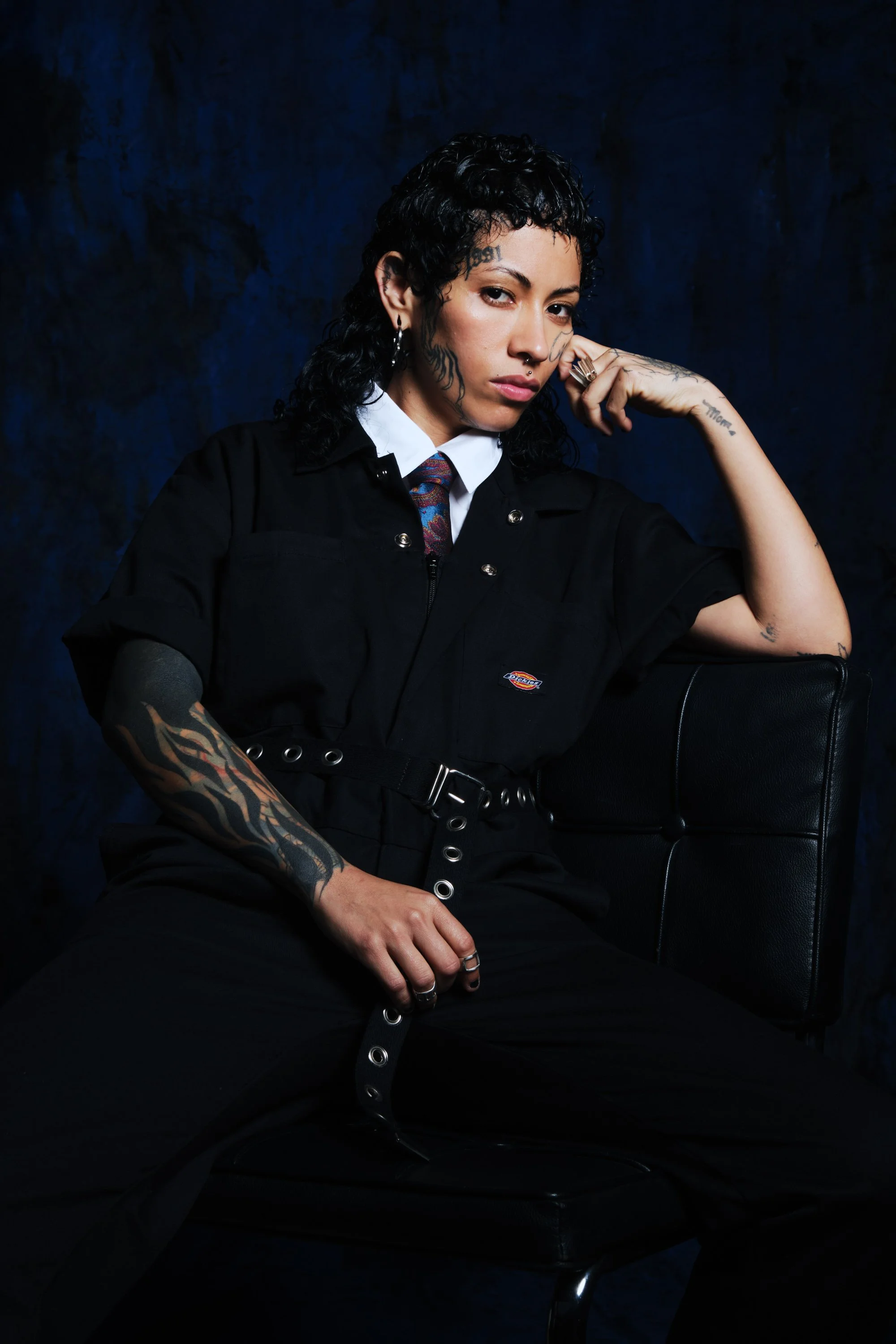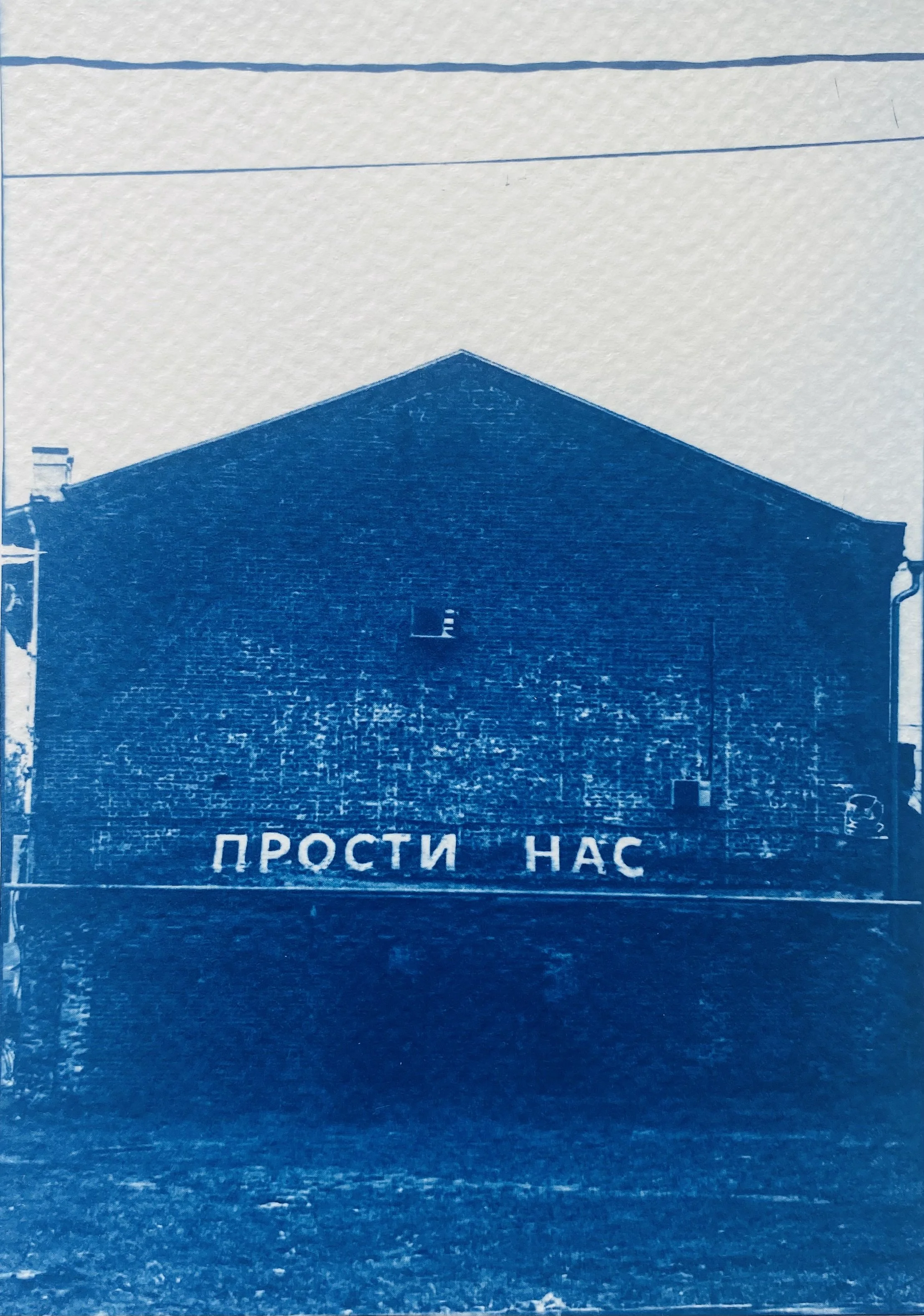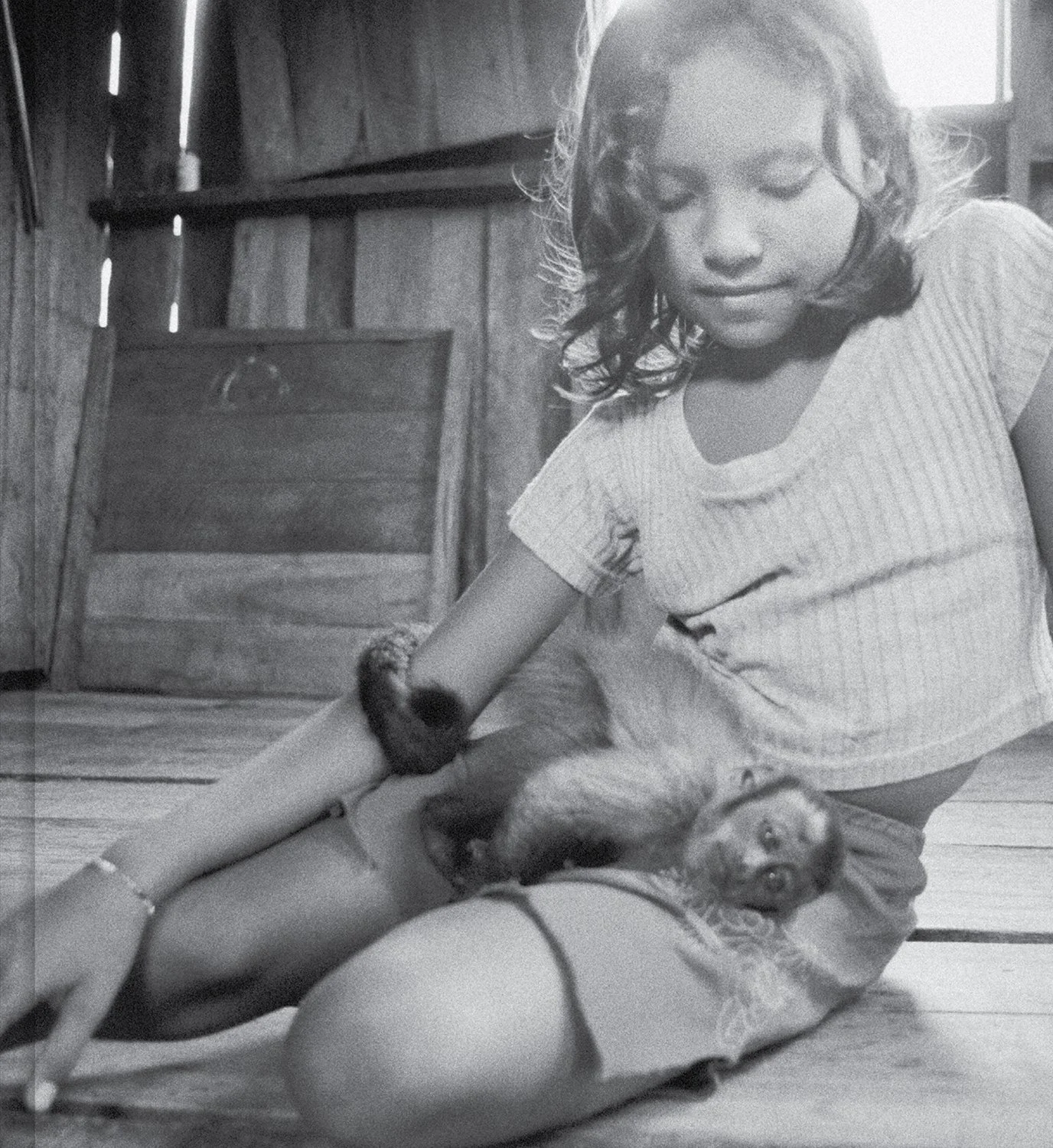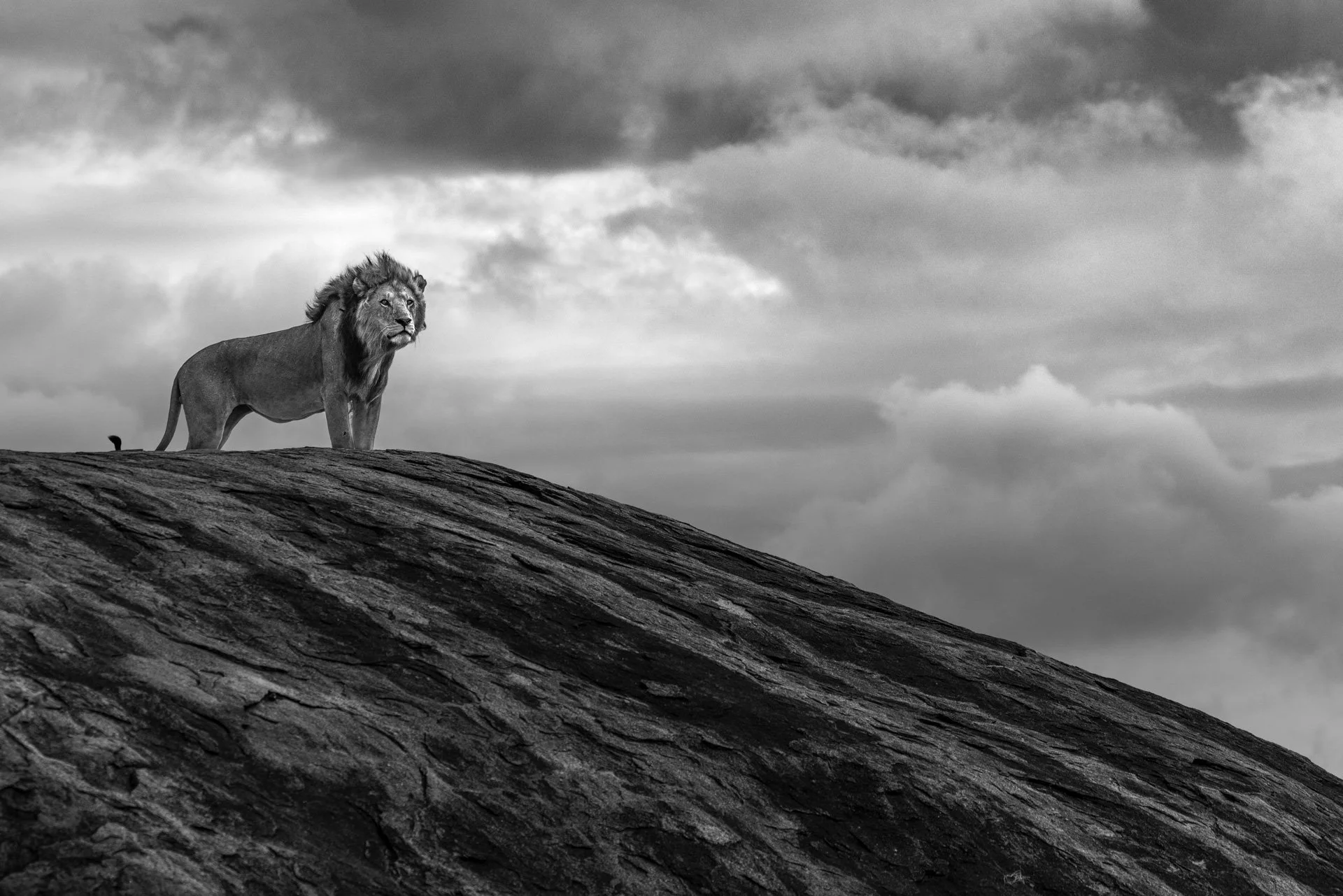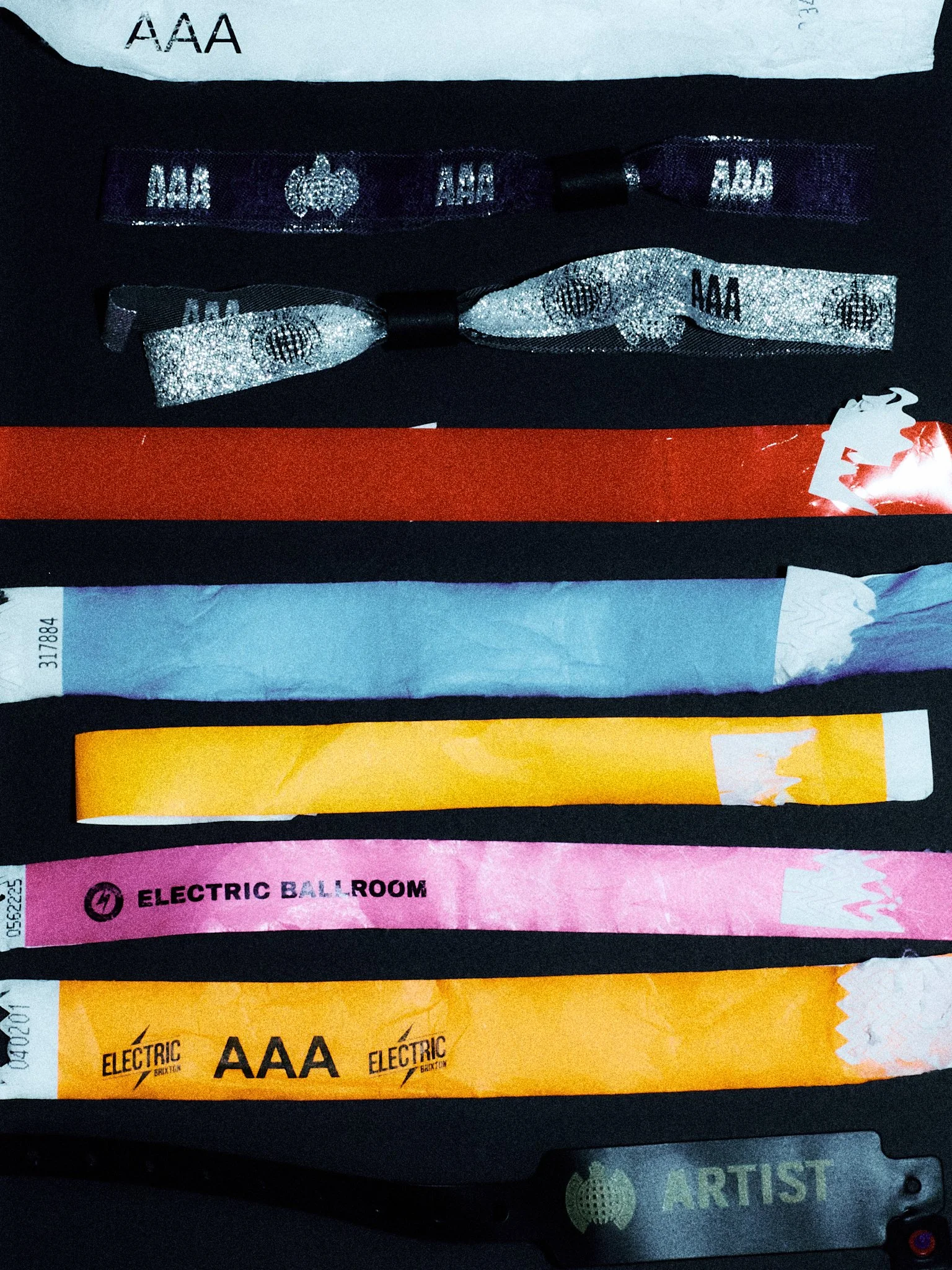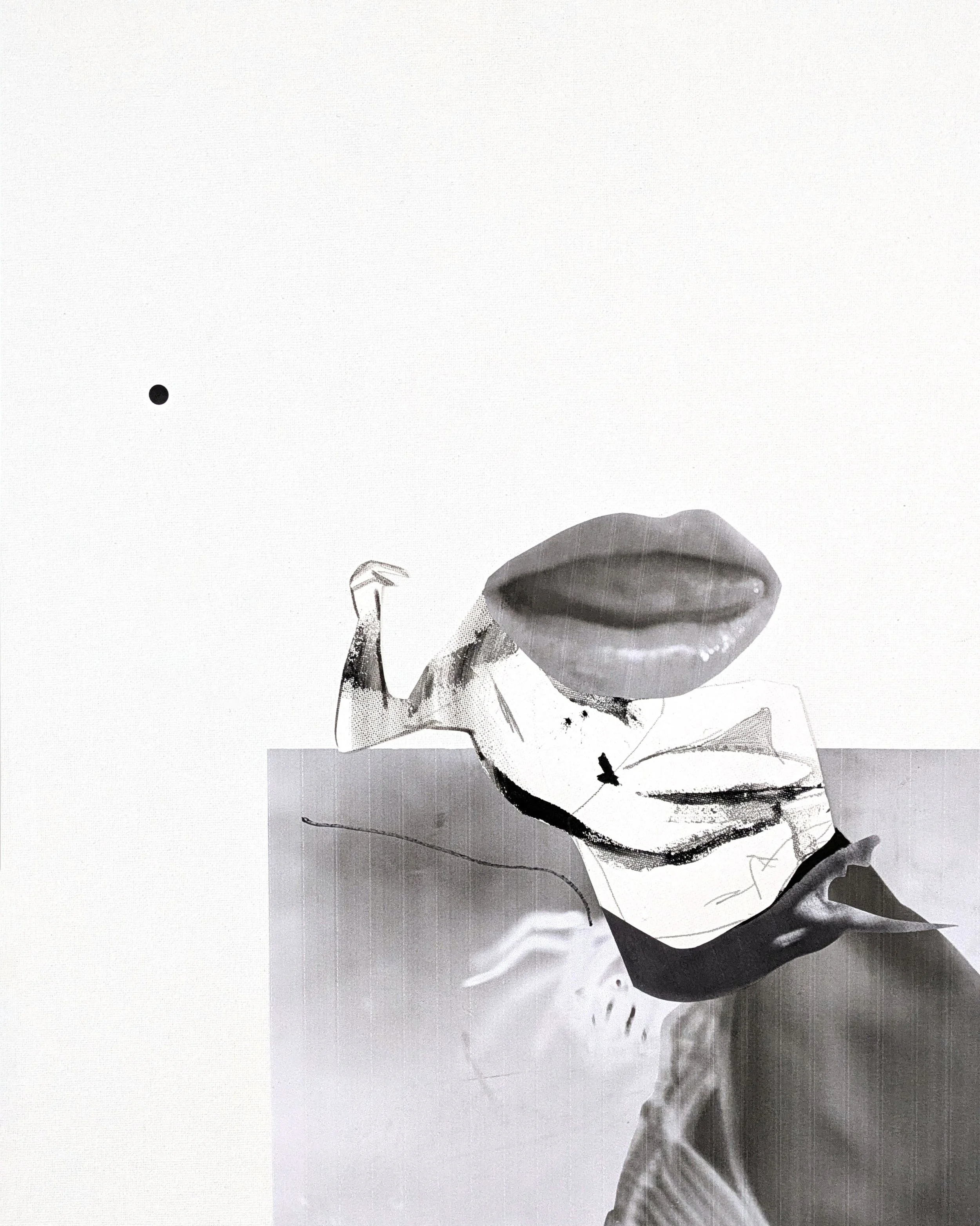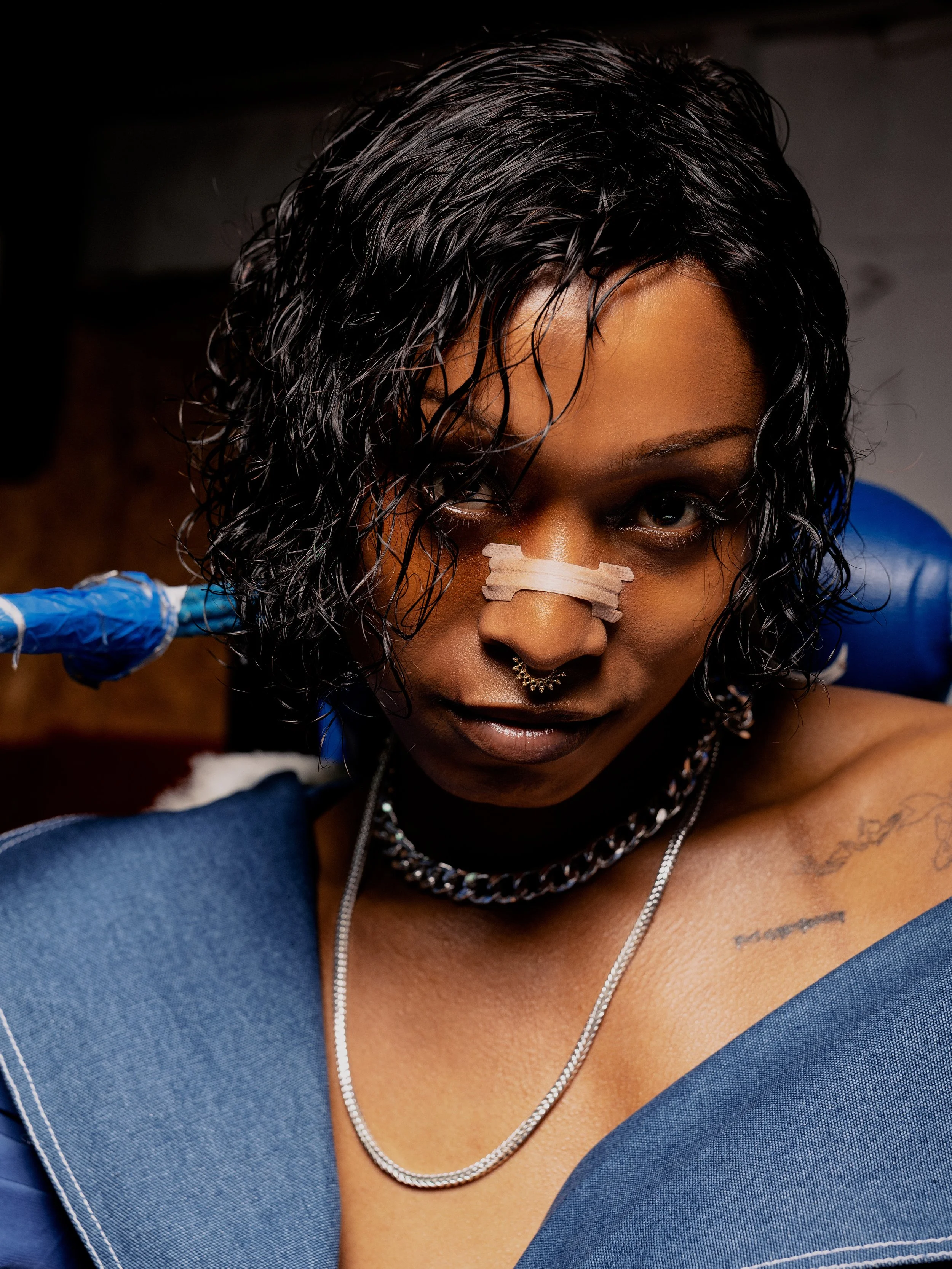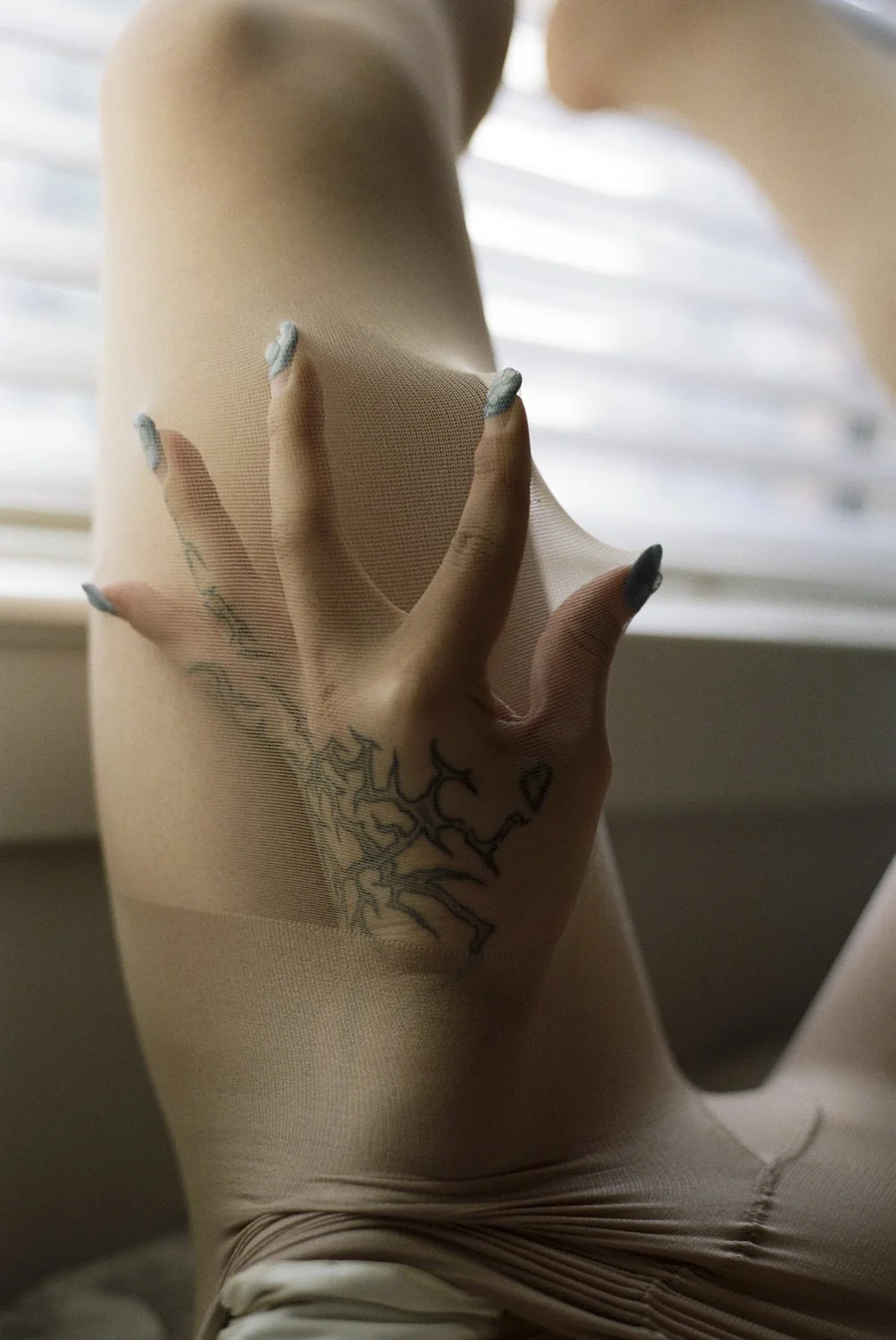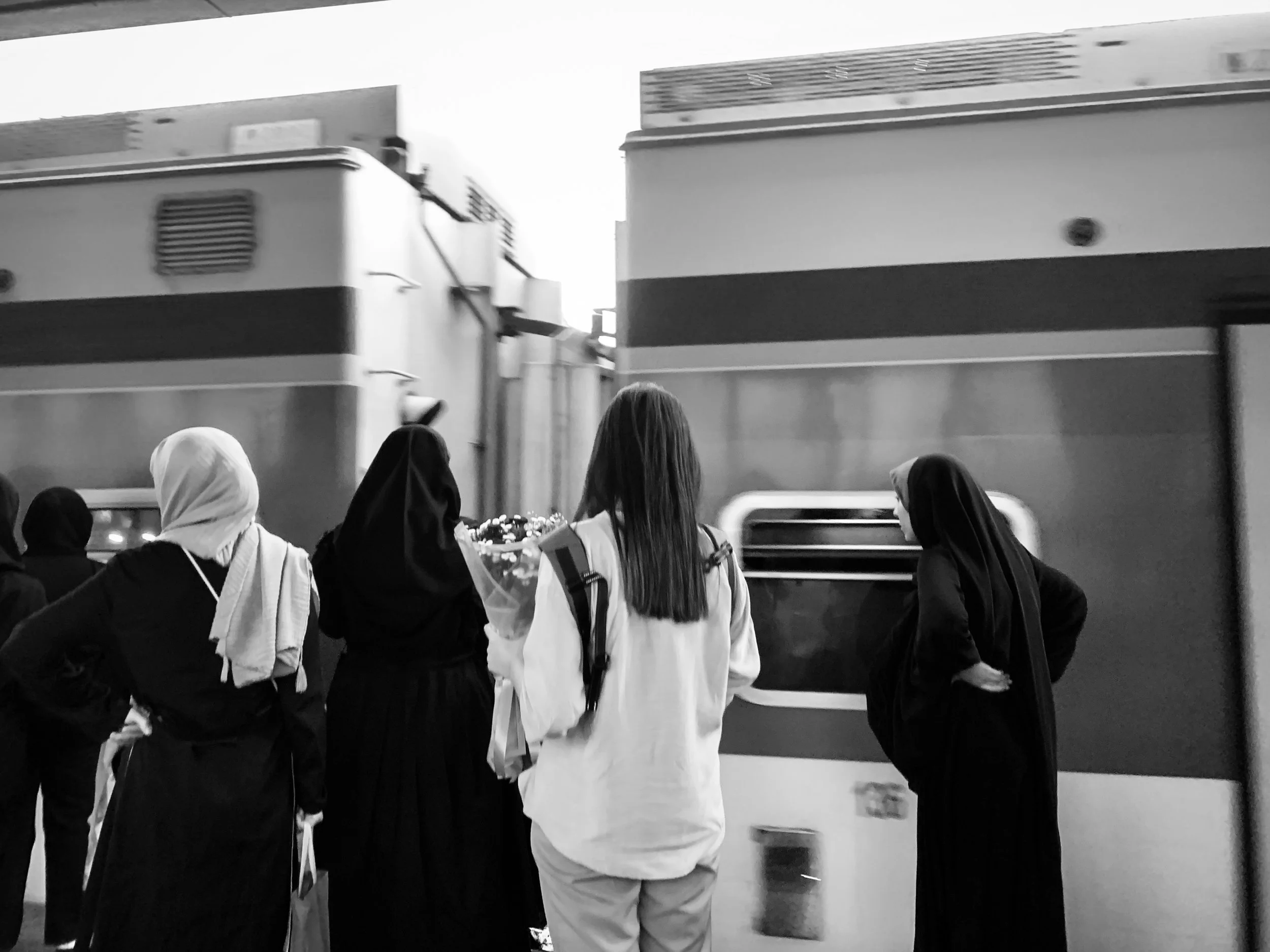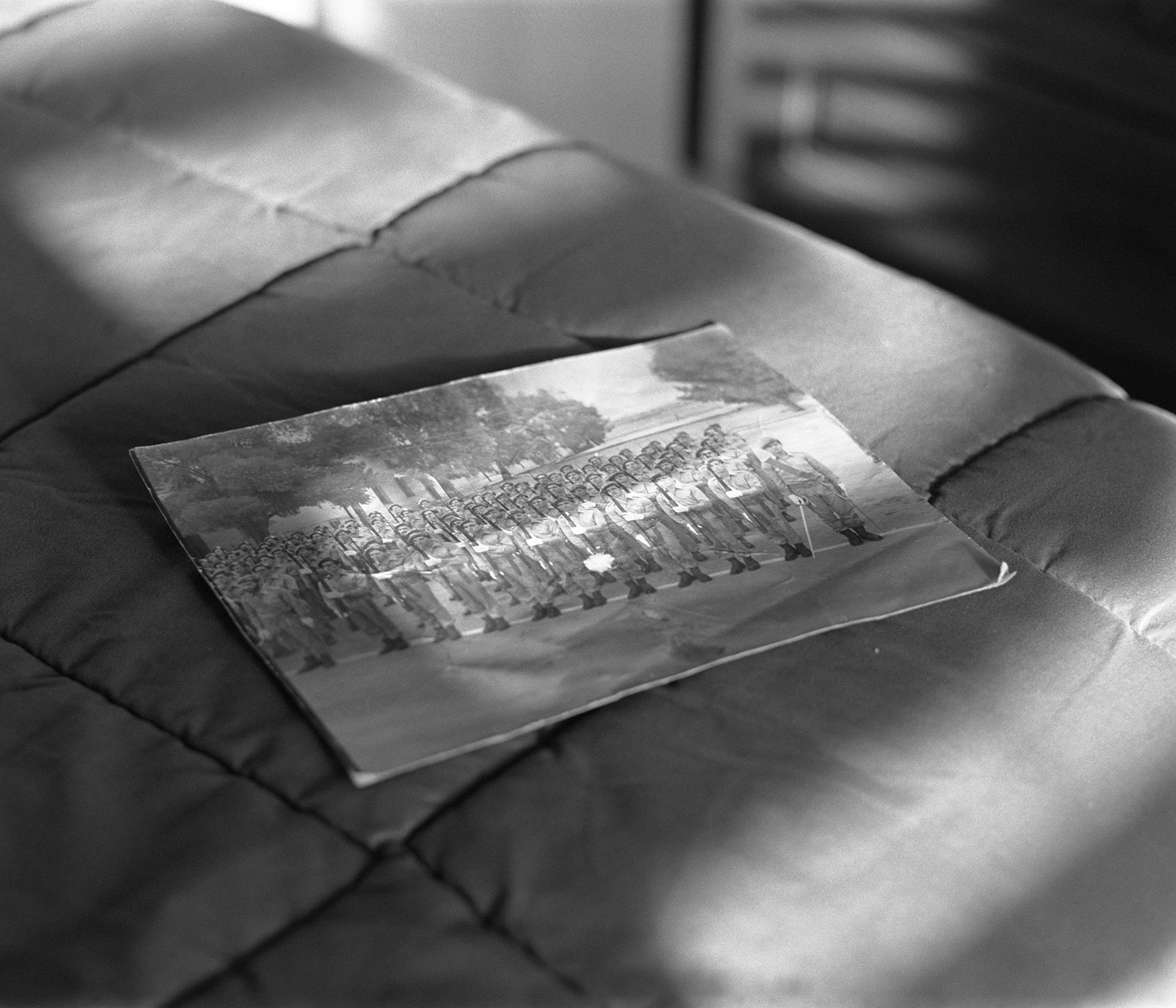Guest Editions – Thomas Coombes
We spoke to head of Guest Editions Publishing, Thomas Coombes, about his process of selecting and reifying digital work into physical artbooks. Thomas’ work has been the subject of ZERO.NINE multiple times, with Zed Nelson and Juan Brenner having published their work through him. His keen eye and passion make the resulting body of work he’s published incredibly distinct and compelling.
Interview Holly WycheWhat kind of profile would you say is important when picking someone to publish – would you say it's the work or the person?
I think it's impossible to separate really. I think I'm naturally more drawn to real stories or projects that are kind of rooted in documentary, at least conceptually. Like if there is a cultural or societal issue that is being talked about through the work. Sometimes it’s in a straight documentary world, sometimes it's more like Laura Pannack for example. That was based on anxiety around our human mortality, shot in Romania, and the tableau that she created was quite constructed. In Zed Nelson’s case, there was an almost traditional editorial approach to that work, and the comment being made was much more direct.
“The process of making a book is so arduous, and so expensive and time and energy-consuming. I think what I've learned is that you can't take everything on.”
Why do you think that's the work that you find interesting?
I think I struggle to respond to something that isn't anchored by some sense of our human struggle with reality. I don't have an emotional response to work if I'm not given that kind of lens or framework to connect to it. It’s unfair to call them ‘campaigns’, but I think they are often communicating quite a strong message. I come from a marketing, brand world background, and I think it's natural kind of for me to kind of gravitate towards this statement of intent within a piece of work. It can give a project quite a clear identity around that comment that's being made. And I think I enjoy that process, finding the hook in something, and then really bringing my experience to the table. To be able to platform that and give it a bit more noise beyond the sequence of images or the body of work that's been created already. I think I'm just always most excited by things that surprise me. Like Zed's work has such a particular take because he sees the world in a kind of frank way, and that is what makes the work. I think I'm conscious of not wanting to be an explorer through publishing, travelling the world and just taking pieces from each country to kind of build up this like collection of artefacts. I want it to instead happen in quite an authentic way. The process of making a book is so arduous, and so expensive and time and energy-consuming. I think what I've learned is that you can't take everything on.
You raise an interesting point about the commercial part of the business that you run, specifically within an industry that is responding more and more to social media. The certainty of a baseline number of sales a following provides has become fundamental for a lot of artists to be funded for anything. Would you say it's important for you, or just for a photographer in general, to have a following, or does it not really matter for your process?
I think it does matter. But I would say that a following isn't necessarily easy to gage in terms of its value. A high number of followers doesn't necessarily equate to a high value following. I think the most valuable thing I've done is build strong relationships with people, and that will stand the test of time when engagement fluctuates and the algorithm changes and those platforms that you put so much emphasis on are suddenly not working anymore. So, I think it is important, but it would be dangerous to put all your eggs in that basket. The most valuable moments we have in terms of feedback about our output are the real, physical moments. Or, in some way being able to have a real conversation with someone. I think the more difficult the virtual world becomes, the more people are putting value back into bricks and mortar spaces or experiences. And for us, that's why it's exciting to have a physical space again. I think of building that buzzword of ‘community’, to try and build something beyond a social media following. You're able to see people's immediate response to the work. How they understand it and how they feel suddenly awkward or sad or really kind of struck down by a particular image. And I just love that effect that you can have through that curation.
Each year you sort of expand and contract and expand and contract and take on these big risks. And then you sort of almost have to recover from it. And then, when that process of recovery is over you take another big risk. Rebound and expand. There's a breathing going on.
“I think the more difficult the virtual world becomes, the more people are putting value back into bricks and mortar spaces or experiences.”
And what phase are you in right now?
Recovery feels like what we're tackling now. We have a fairly kind of low capacity in the world of publishing, because we launch four books a year, and even launching four books a year is a big task. I'm at the summer recovery before autumn brings another two pieces, and then you have your winter recovery. I'm already sort of planning things a little bit further ahead.
I think there's a lot of value, or a lot of kind of freedom in just not being tied to certain formats. I think even the process of printing your work and sequencing it will develop a narrative that then obviously completely alters the way that people receive a body of work. How you experiment and play with that, the way you kind of tell stories, that really is the essence of creating a photo book. And that can be true for a zine that's 12 pages as much as it can be a 200-page coffee table book. Don't make a book for the sake of making a book. I think a lot of people just have it as an end in and of itself.
Especially with “coffee table” books. There is kind of a divide within photo books where some serve a purpose primarily as decoration, and then others are a cohesive body of work. This must be something that you run into.
I think that goes back to what you're saying I'm drawn to. However beautiful the work is, if someone doesn't have any purpose or kind of real ambition in releasing that work beyond it being a book on the table, I think at that point I would not be drawn to work on the project. I don't see it as an object of art in and of itself; it has to have that ability to hold beauty and be loved and be tactile, even if just for the kind of choice of materials or whatever else. I think it needs to serve some higher purpose for me.
In that respect, what is a photo book you love the most?
There's one called Leaving and Waving by Diana Dikeman. And it's perfect, because all that process in terms of sequencing is removed because it's completely chronological. They’ve got images of their grandparents at the front door throughout their lives. They pass, or one does, and then the other. I don't think I've ever picked it up and not cried.
